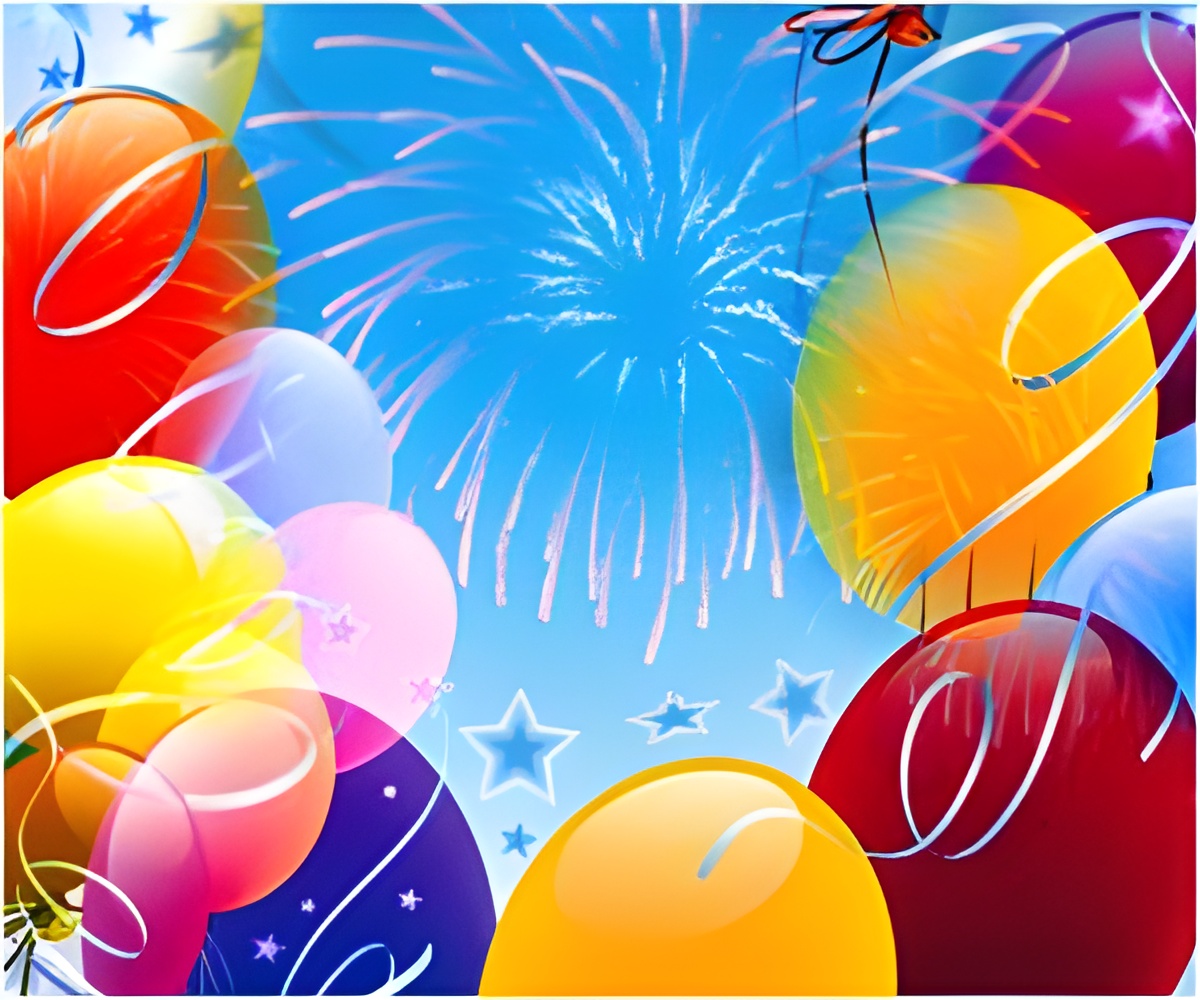January is the preferred time to make resolutions because people find that having fewer events or social engagements provides the time and space they need to focus on themselves.

People tend to see resolutions a black or white, he said, forgetting that change is incremental; being “happier” is a better resolution than being “happy,” for instance. A lack of flexibility often means that after one slip-up — skipping a run because it’s raining, or only drinking seven glasses of water instead of eight — people give up entirely.
When it comes to the practice of setting new goals for the year ahead, however, there’s one problem that Bono can’t help with. One that can only be overcome with a cultural shift, a radical change in the way we view this time-honored tradition: Winter can be a real downer.
“Maybe we need to disabuse ourselves of the idea that Jan. 1 is the best time to make resolutions,” he said, offering up a new tradition: Spring renewal.
In much of the country, the weather can be prohibiting. “If your goal is, say, to run five miles a day in Forest Park,” Bono said, “well, there’s going to be cold weather and snow to contend with.”
The weather also means people are more likely to stay cooped up, missing out on a support system to help them stay on top of their goals. Another obstacle: Coming out of the holiday season leaves many people exhausted as they head back to regular schedules. There’s also somewhat of a post-holiday slump, Bono said.
Advertisement
“There’s usually not that much planned in the early months of the year. When there’s not as much to look forward to, our spirits are usually lower. That can translate to less motivation to stay on task toward new initiatives,” he said.
Advertisement
Many studies have looked at the relationship between weather, specifically sunlight, and mood. “We know that when sunlight enters the visual system, it activates neural circuits that are associated with a number of psychological states,” Bono said. “For some people, when they leave home for work it’s dark, and when they get home at the end of the day it’s dark. Such limited exposure to direct sunlight this time of year can take a heavy toll on our overall well-being and energy levels.”
Harsh weather. Fatigue. Post-holiday slump. Lack of sunlight. Not to mention colds, the flu and other bugs that go around in the winter.
“All of those things affect motivation,” Bono said. “And then we say, ‘I’m going to make progress toward all of these new goals,’ when there are so many forces working against us?
“Really,” Bono said, “the optimal time for resolutions is spring or summer.”
Spring has always been a time for new beginnings. Hibernating animals wake; the thawed soil and heavy rains beget sprouting plants. Why not use this time for a self-renewal instead of the dead of winter?
“It’s the same reason why you don’t plant new seeds in January,” Bono said.
“It’s all about aligning the behavior to the environment most likely to promote those behaviors, and be fertile for them to grow and develop.”
To be sure, any time is a good time to work toward improving yourself, Bono said. “If you’ve set past new year’s resolutions in January and that has worked for you, go for it,” he said. For some people, January is their preferred time to make resolutions because they find that having fewer events or social engagements provides the time and space they need to focus on themselves. If that’s you, there’s no reason to hold off.
But a large number of people who aim for such aspirations in January quickly fall off the wagon. “And if that turns out to be you in 2020, just remember all that’s working against you this time of year,” Bono said. “There’s nothing wrong with postponing a few months and trying again when the environmental circumstances will be a bit more conducive to working toward your goals.”
Source-Newswise









